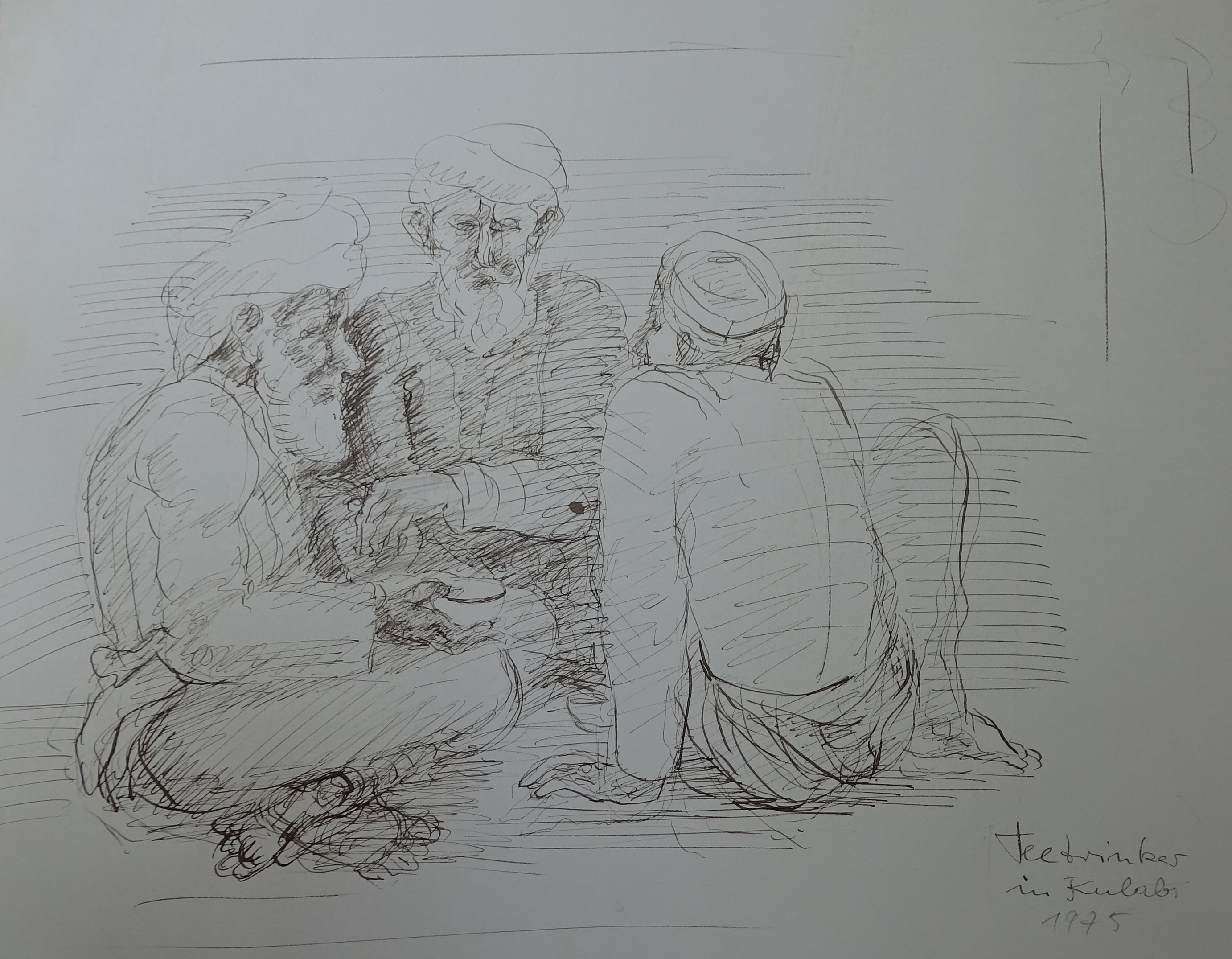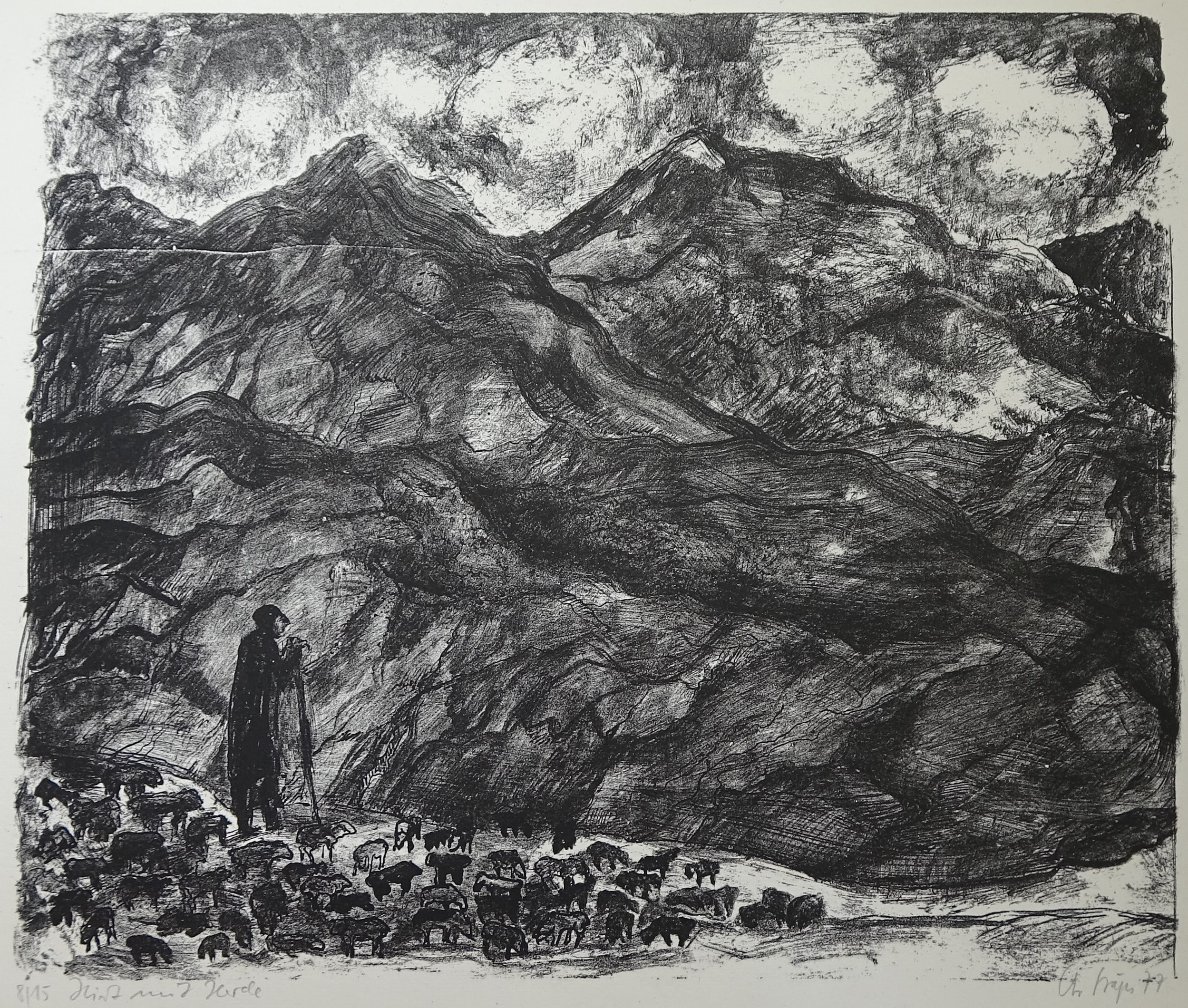Femmes-artistes de la R.D.A. - Paris 1986
Periods:
- 1986/03/12–1986/04/23
Exhibitions
Artists:
- Christine Stäps
- Ellen Fuhr
- Heidrun Hegewald
- Angela Hampel
- Helga Paris


